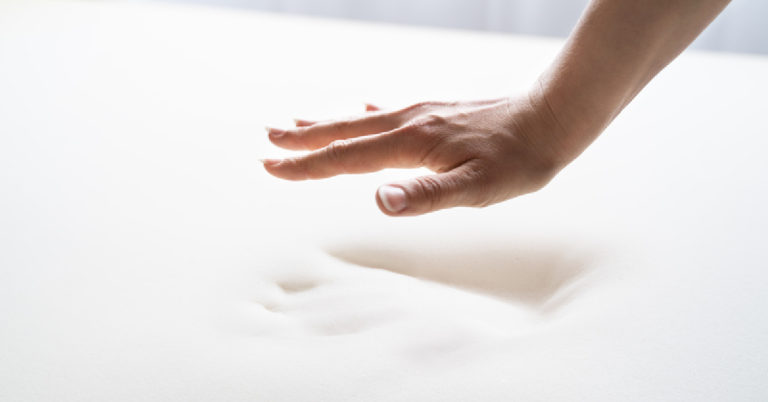By Jo Joiner
When the daffodils poke their heads out of the garden and the birds start renovating their nests, it’s time to come out of hibernation and freshen up your sleeping quarters. Home heating and high moisture levels (all that rain!) are perfect conditions for dust mites to thrive, so spring is the time to get your bedroom environment as dust free as possible. Here’s our plan for bed maintenance.
How to clean my bed?
You spend about eight hours in bed every night, so reducing the dust mite count is important for health – especially if you have allergies or asthma. Once or twice a year, give your bed this 10-step treatment:
1. Pull the bed out and vacuum
It’s awkward, but it has to be done. Pull your bed right out and vacuum the wall behind the bed and carpet under the bed. This is where the dust bunnies thrive.
2. De-spider the ceiling
Using a vacuum cleaner with brush attachment or extending fluffy duster, dust your ceiling for cobwebs. Also dust behind pictures and down the corners of the room. To prevent spiders from coming back, you can use a surface spray for inside use – just remember to cover furniture and bedding before you spray.
3. Remove all bedding and pillows
Remove the sheets, pillowcases, pillow protectors, duvet covers, quilts, blankets, mattress protectors and valances. Also zip the covers off decorative pillows, because they’re magnets for dust. Launder decorative items using a gentle cycle and mild detergent to preserve their quality. Wash bedding according to the instructions on the care labels. Dry in the sun if you can.
4. Vacuum and air the mattress
With the bedding removed, now is the time to focus on your mattress. Start by vacuuming the entire surface to remove dust, debris and allergens that may have accumulated over time. Use the brush and nozzle attachments to get into the crevices and corners. Once you’ve thoroughly vacuumed the mattress, it’s a good idea to let it air out for a few hours to get rid of any trapped odours.
5. Spot clean stains
While the mattress is airing out, inspect it for any stains. Spot clean the stains using a mixture of mild detergent and water. Avoid using excessive water to prevent mould or mildew growth. For tough stains, you can try mixture of baking soda and water or a specialised mattress cleaner. Allow the treated areas to dry completely before making the bed.
6. Rotate the mattress
Ideally, your mattress should be rotated about every three months. Turn it around so the foot of the mattress becomes the head. This step is especially important if you have a memory foam or pillow-top mattress, as they tend to develop body impressions over time. Regularly rotating the mattress can help extend its lifespan and maintain its supportive qualities.
7. Dust and clean the bed frame
While waiting for the mattress to air out, turn your attention to the bed frame. Dust the frame and headboard using a damp microfibre cloth. Pay attention to the corners and crevices where dust tends to accumulate. If your bed frame is made of wood or metal, use an appropriate cleaner to remove any dirt or grime.
8. Freshen up the pillows
Before you put the laundered pillow protectors back on your pillows, take them outside and give them a good beating with your hands to dislodge dust. If it’s sunny, hang them on the clothes line for a couple of hours. The UV helps to destroy dust mites.
9. Reassemble and dress your bed
Once the bedding, mattress and pillows are clean and fresh, it’s time to put everything back together. Job done until next year!
10. Consider a new bed
If the process of spring cleaning your bed revealed signs of age (sagging, lumps and bumps that you can feel, frayed fabric and stains that won’t wash out), maybe it’s time for a new mattress? Mattresses typically last up to 10 years. If you can’t remember when you last had an upgrade, check out new mattresses by Dreamland.







